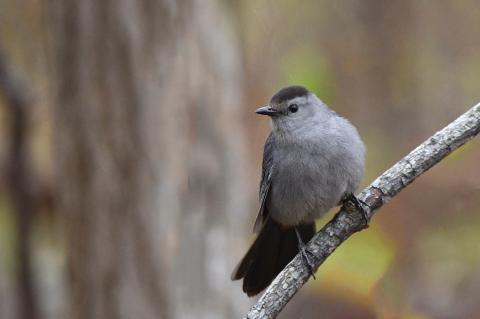Catbirds are neither rare nor shy. Work in your garden and you may soon have a catbird working alongside you. They're charming, excellent company, and release a seemingly infinite number of sounds when they open their black bills.
On the Wing
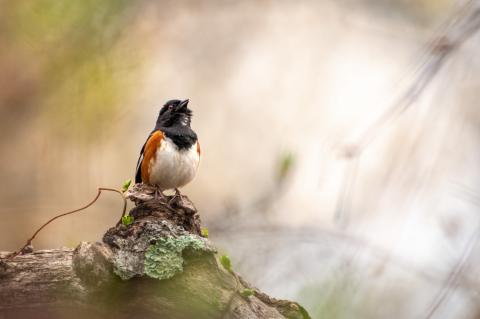 On the Wing: A Tempest of Towhees in a Teapot
On the Wing: A Tempest of Towhees in a TeapotThe eastern towhee breeds in Montauk, and if you go to Oyster Pond this weekend you can hear them calling and singing everywhere.
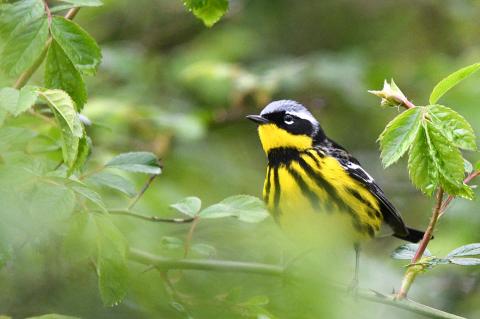 On the Wing: Millions of Birds on the Move
On the Wing: Millions of Birds on the MoveOver the next two weeks, spring bird migration will peak. Hundreds of millions of birds will fly up the country, largely south to north, in sync with blooming trees, flowers, and insect hatches. Many are attempting to reach the green attic of North America, the boreal forest of Canada, where they will breed and raise their young before reversing course in the autumn.
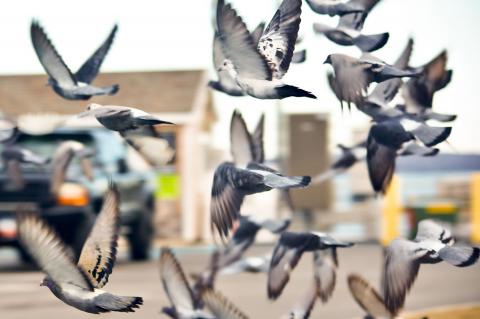 On the Wing: Kind of Gross but Amazing Nonetheless
On the Wing: Kind of Gross but Amazing NonethelessPigeons are extremely sensitive to low frequency sounds; they can see into the ultraviolet range of light, and they are able to detect minute changes in air pressure. They don’t keep the tidiest of homes, allowing feces, and even dead nestlings, to remain in the nest, and since they reuse their nests, they get bigger and nastier as time goes on.
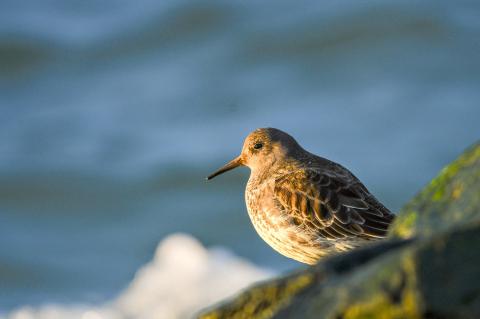 On the Wing: The One That Got Away
On the Wing: The One That Got AwayThe first and most important thing to know about the purple sandpiper is that it’s not purple. It’s not even close. For the beginner, the best way to see this bird — the only sandpiper we tend to see here in winter months — is to know where it hangs out, because it absolutely doesn’t stand out.
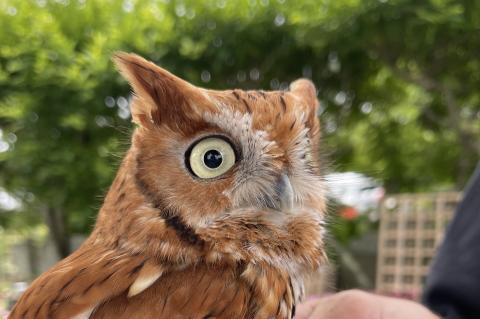 On the Wing: The Woods Are Its ‘Web’
On the Wing: The Woods Are Its ‘Web’The screech owl is about the size of a brick, with big eyes, and ear tufts, but this adorable little owl is an efficient killer. Its howl represents pure death to a variety of critters. Nothing is safe, even other screech owls. It even takes bats on the wing.

